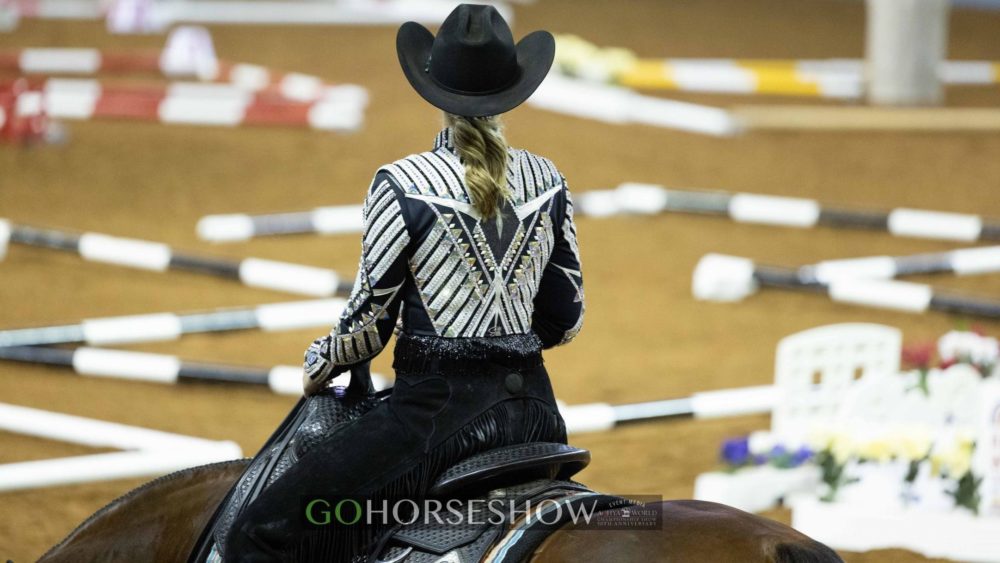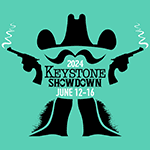In any competitive activity, it is natural to draw comparisons. Comparison is an essential aspect of our industry: Who was the champion? Who has the most points at the end of the year? Who is the biggest money earner? Who is the leading sire in a particular discipline? The list of measures of comparison is endless.
Often, drawing comparisons between yourself and other competitors is seen as harmful and counter-productive. However, this isn’t always the case. Healthy comparisons can be good for us.
We spoke to AQHA Judges and Professional Horsemen Brad Kearns and Gretchen Mathes to get their perspectives on when comparisons are harmful and when they are helpful.
When Comparisons are Unhealthy
Kearns explains, “The danger of comparing yourself to other competitors is yourself under a microscope with someone else’s lens.” He adds, “All competitors are at differing educational and experience stages. Comparative self–evaluation should be done to find ways to improve one’s skill sets moving forward, not to find fault in one’s personal growth.”
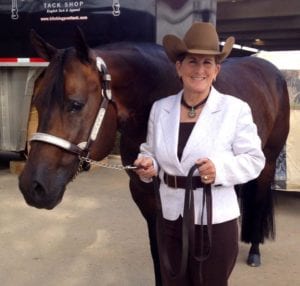 According to Mathes, “Everyone comes from different styles, backgrounds, and economic situations. Therefore, if you focus on straight across comparisons, it is more likely to foster jealousy and disappointment.”
According to Mathes, “Everyone comes from different styles, backgrounds, and economic situations. Therefore, if you focus on straight across comparisons, it is more likely to foster jealousy and disappointment.”
Kearns agrees with Mathes, adding, “Every person progresses on their equestrian learning journey at a unique pace. A competitor must start with basic equestrian skill sets and build their unique style from there.”
Instead of comparing oneself directly to the competition, Kearns believes using yourself and your journey to measure your growth is more helpful. He says, “Every equine competition is about crediting yourself with the things you did well and acknowledging the things you can improve on.”
In addition to the personal ramifications of unfavorable comparisons, Mathes warns, “People watch you and your behavior, and if you come across as somebody regularly drawing negative comparisons to others, that will negatively impact how your peers perceive you.”
Additional, Mathes cautions, “Negative self-talk can also damage your morale, and you’re more likely to give up when it gets tough. Instead, it is best to lay a groundwork of positivity – be positive about your efforts and the industry you are a part of, and that positivity will follow you.”
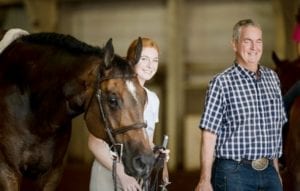 Kearns reminds us that “exhibitors should not feel they need to live up to or try to outdo performances by others. You only have your current skill set to draw from, so do your best. Likewise, you can’t measure your horse by other equine partners. Your partner has their talents and skills, and your job is to best showcase your combined talents to your best ability.”
Kearns reminds us that “exhibitors should not feel they need to live up to or try to outdo performances by others. You only have your current skill set to draw from, so do your best. Likewise, you can’t measure your horse by other equine partners. Your partner has their talents and skills, and your job is to best showcase your combined talents to your best ability.”
Kearns suggests, “Never hold yourself up to standards set by someone else. Set your standards and your own goals. Don’t aspire to be a version of someone else. Instead, focus on doing the basics better than anyone else and find your unique style. Your goal should be to be a blue–ribbon version of yourself.”
When Comparisons are Healthy
Mathes agrees that not all comparisons are imperfect. However, she believes “it can be beneficial to look to leaders in the industry who you admire to use that as motivation to emulate them.”
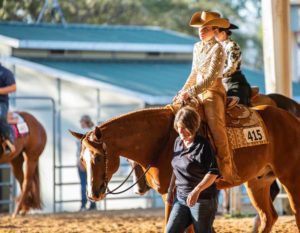 For example, Mathes says that when her daughter was a youth exhibitor, she told her to pick someone whose style she liked and watch them compete to use it as a benchmark for her practice and technique.
For example, Mathes says that when her daughter was a youth exhibitor, she told her to pick someone whose style she liked and watch them compete to use it as a benchmark for her practice and technique.
When picking an industry role model, Mathes recommends you “pick somebody not only whose style you admire, but who is similar to you in build and physicality so that you are more likely to succeed. Indeed, a 5’2” person will likely require a different presentation style than a 6’2” exhibitor.”
Kearns agrees that “a lot of growth can come from competitor comparison. One great thing about watching others in the class at larger horse shows is to gauge where the bar is set.”
Kearns recommends, “Take a video of competitors you think do a good job and then evaluate what they do well. Ninety-nine percent of the time, the exhibitors have good basic equestrian skills. Good connection, heels down, good balance are all qualities that will be the common thread of the excellent competitors.”
 Kearns says that if you look beyond the basics, you can find the little things that set top exhibitors apart. “What other skills are they exhibiting? How do they cross over in showmanship? What is their posture like in horsemanship? What is their hand position in the equitation? How are they using their personality to individualize their performance? All of these ‘little details’ make a big difference.”
Kearns says that if you look beyond the basics, you can find the little things that set top exhibitors apart. “What other skills are they exhibiting? How do they cross over in showmanship? What is their posture like in horsemanship? What is their hand position in the equitation? How are they using their personality to individualize their performance? All of these ‘little details’ make a big difference.”
Kearns believes, “Identifying the finish line can help you plan your race. Equestrian competition is not a sprint, so set mile markers and works towards reaching them. Give yourself credit for each goal reached, every setback overcome.”
Kearns concludes, “In all life, the difference between adversity and adventure is how people look at the road they are traveling. Every fellow competitor offers a learning opportunity, from sportsmanship to style to the best grasp of the basics. Look for what you can learn and gain from your fellow competitors. If you approach comparison as a learning tool, not a measuring tool, it can be helpful in an exhibitor’s forward progression.”
***
Remember, the comparison itself isn’t the problem; it’s our attitude toward it.
This distinction is summed up well by Mark Manson, a New York Times Bestselling Self-Help Author. According to Manson, “Comparison can be both energizing or demoralizing. What determines the result is how we see our potential and progress.”


